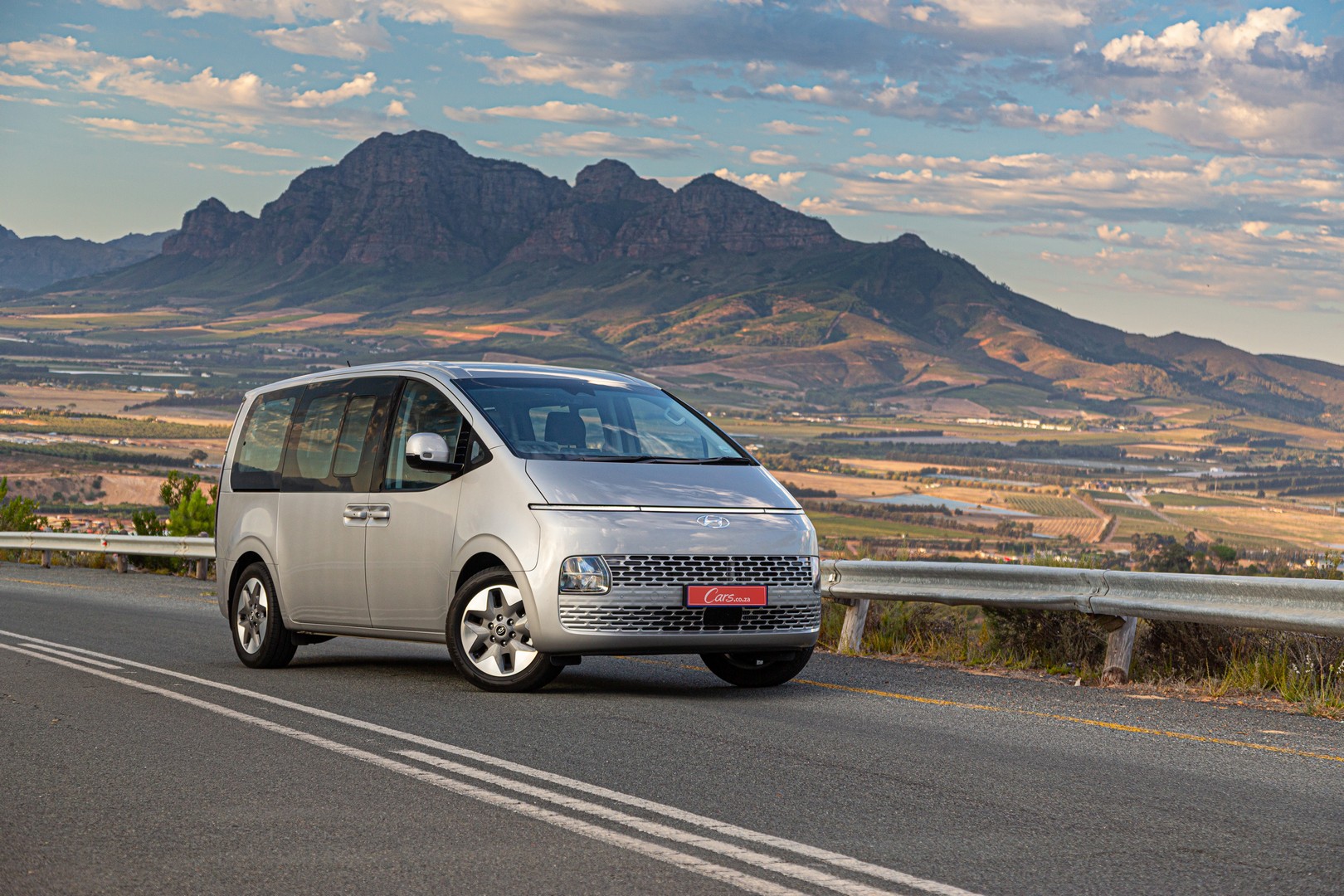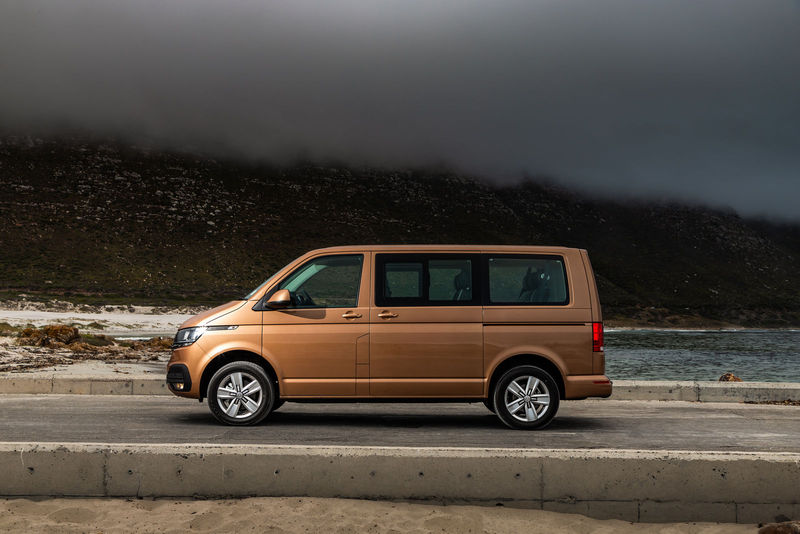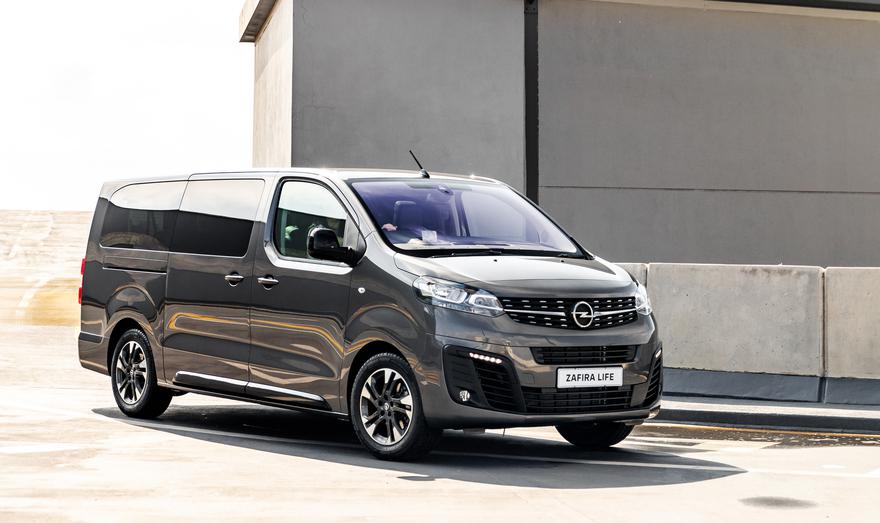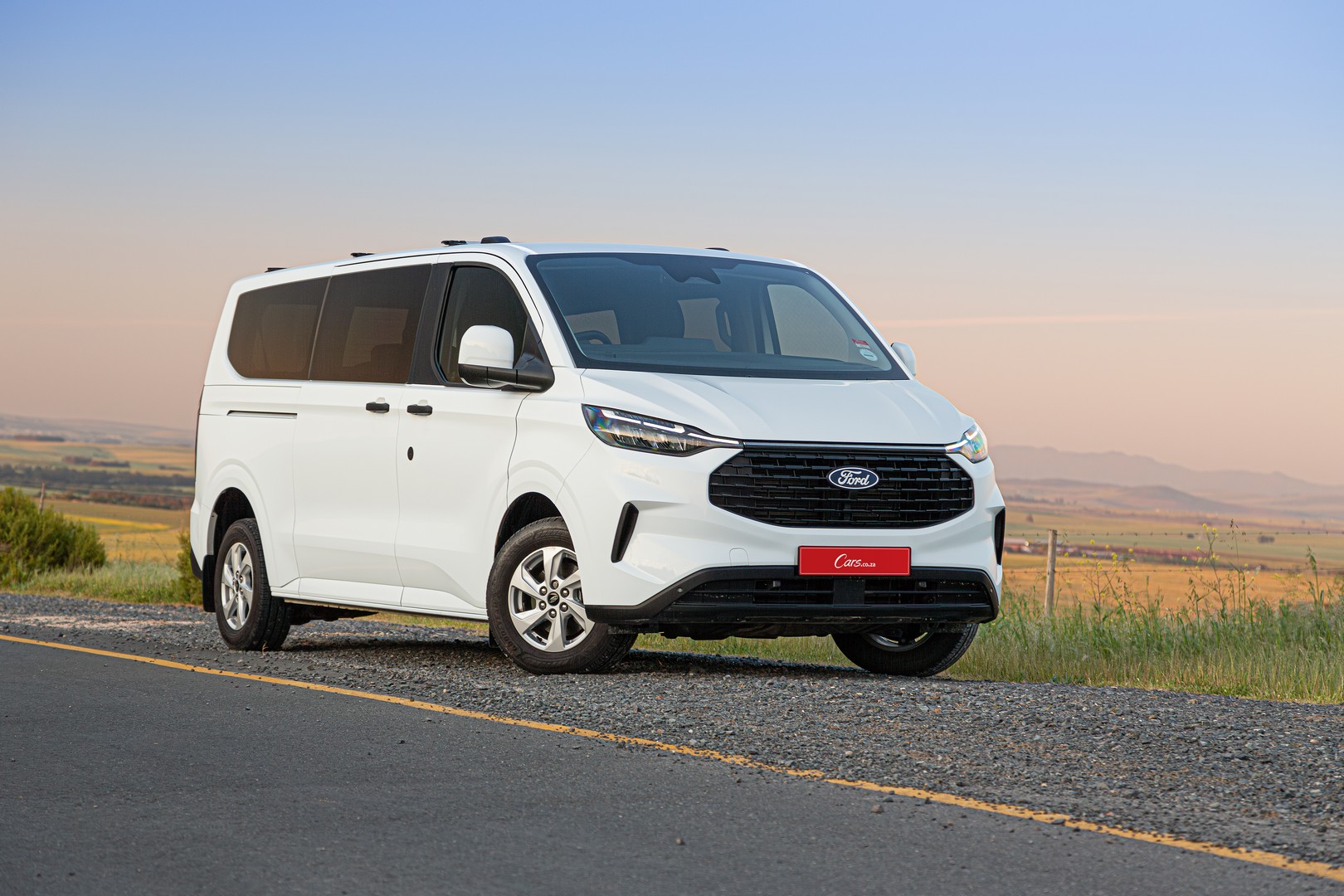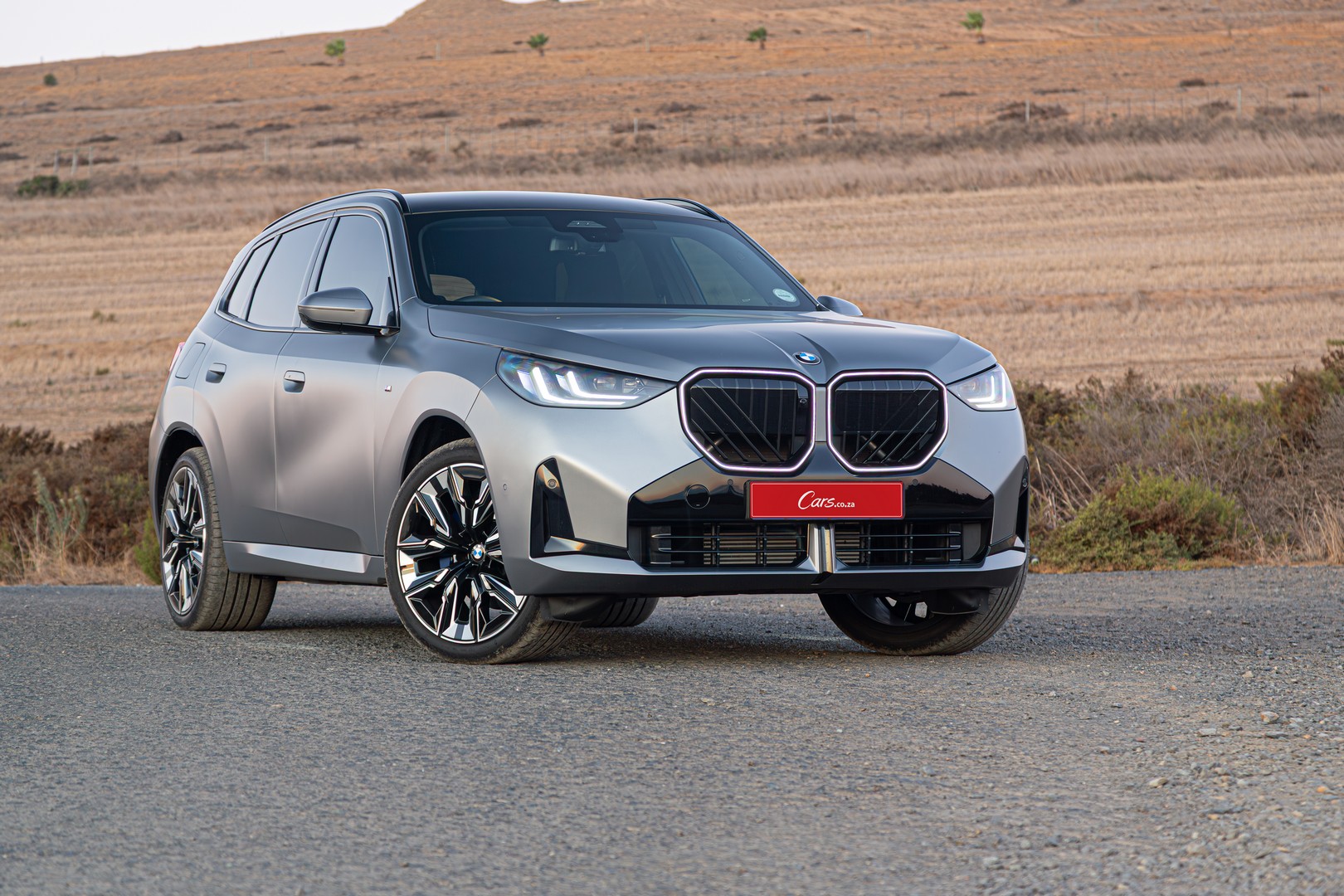Why car insurance is a non-negotiable
Taking out car insurance is one of the most important things you should do as a vehicle owner. In this video, brought to you by Absa, we explain how having car insurance – and adhering to your policy’s stipulations – can save you from financial difficulties.
PARTNERED CONTENT
While buying a car, whether new or used, is an exciting milestone filled with anticipation and joy, insuring a vehicle is not typically something people get excited about and is seen as an unnecessary expense.
- Car insurance is designed to cover you for loss of, or damage to, your vehicle, as well as accessories and spare parts.
- If your vehicle is financed by a bank, the finance contract will stipulate that your car must be insured under a comprehensive insurance policy with a reputable insurance company. This protects you from financial loss if your car is damaged through an accident, found to be uneconomical to repair or stolen and not recovered.

- If you don’t have car insurance and the vehicle is written off due to an accident or theft, you’ll still be responsible for repaying the loan to the bank, even though you no longer have the vehicle. This could affect your financial situation, potentially making it more challenging to qualify for another loan to buy a replacement vehicle.
- If the vehicle is damaged in an accident but not insured, you’ll still be liable for your monthly loan instalments as well as the damage repairs to the vehicle from your own pocket.

Tips to make your insurance ride a smooth one
While you’re planning to purchase a new vehicle, it is also important to understand that you will not only be paying your monthly instalments, but also the accompanying costs, such as car insurance. This means understanding some of the finer details around insuring your car.
Insure your vehicle for the correct purposes
Insuring a vehicle for private use might be more affordable, but insuring the vehicle for private use and using it for business purposes can have financial consequences and lead to problems when you claim.

Stipulate the regular driver as well as alternative drivers
The insurer needs to know who the regular driver of your vehicle is, as well as any alternative drivers. They need this information to verify that all drivers of the vehicle have valid driver’s licenses and to assess the risk correctly.
Insurance policies have excess payments – this is the portion of the claim which is payable by the policyholder. Should the driver of the vehicle at the time of the incident be younger than 25 years old, insurers may charge an additional excess amount due to the risk profile of the younger drivers being higher. An additional excess amount also applies if someone has had a license for less than 2 years.

Be honest and upfront
Don’t withhold any information from your insurer. Be honest about previous accidents, as this has an impact on your cover.
Maintain your vehicle and keep it roadworthy
Keep up to date with services and maintenance, including keeping your tyres in a roadworthy condition and ensure you have a record of these to show your insurer if required.
Drive responsibly
Any reckless behaviour (especially driving under the influence) that leads to an accident could lead to your claim being rejected. Obey the law and rules of the road.

Keep your promises
For example, if you stated that the vehicle is kept in a locked garage at night, don’t park it outside
Ensure your premiums are up to date
If your premiums are not paid by the due date, your policy may lapse, meaning that it is effectively cancelled.

Ask your insurer about car hire
Your insurer might give you the option to rent a vehicle if yours is in for repairs or, if you’re waiting for a replacement. Ask them how much more your monthly premium will be if you include car hire. This is a great benefit because it can alleviate the inconvenience of not having a car.
Do you still need insurance if your vehicle is fully paid off?
It’s always a good idea to insure your most valuable assets, such as your vehicle.
When your vehicle is paid off, you can contact your insurer and ask them to review your insurance cover and reduce it to either Total Loss Cover or third-party insurance only.

With Total Loss Cover, you will only receive a payout if the vehicle is written off in an accident or stolen and not recovered. With third-party insurance, the cover only extends to the other party involved in the incident with you and will not cover your repairs to, or loss of, your vehicle.
Absa currently has 2 options when it comes to vehicle insurance, namely idirect and Activate.
idirect comprehensive vehicle insurance with discounts of up to 30%. You can choose your car insurance excess to meet your specific needs.

Activate offers a fully digitalised insurance experience. You get a free telematics device, which rewards you based on your driving behaviour. The Activate App allows you to actively track your claim – keeping you informed on the claim process.
Extra insurance benefits
There are other important insurance benefits offered by Absa, which offer additional protection for your vehicle; these are called Value Added Products.

Mechanical Warranty covers the mechanical breakdown or electrical failure of your vehicle. Typically, motor comprehensive insurance provides cover for damages to the exterior or body of the vehicle, whereas mechanical breakdown warranty provides cover for all the components found under the bonnet. It can also include additional benefits such as towing.
Extended Cover is useful because when you purchase a vehicle, the market value (or value to replace your vehicle) is different from the finance amount provided by the bank for you to buy the vehicle.

This benefit provides cover for the difference between the amount owed to the bank and the vehicle’s insured value in the event of a total loss or theft of the vehicle. Extended Cover has other benefits such as deposit protector, excess cover, car hire and more.
- Tyre & Rim: covers damage to tyres and rims, subject to the terms and conditions of the policy.
- Scratch & Dent cover: repair of minor dents and scratches on your vehicle.
- Booster Warranty: acts as a short-fall cover for pre-owned warranty policy.
Your car takes you places – stay safe and covered with Absa car insurance.
Earlier episodes in our Street Smart video series:
Embrace the Electric Revolution
All you need to know about the interest rate
How to deal with vehicle finance repayment challenges
Absa’s Deen Govender details how the interest rate on your loan is calculated.
Absa’s Pascal Siphugu explains the importance of value-added insurance products.
Absa’s Chelton Keppler chats about dealing with challenges to meet your vehicle-finance loan repayments.
Absa’s Sarvas Naidoo and CMH’s Joel Chetty about balloon payments.
Absa’s Fulufhelo Mandane and Hatfield VW Melrose’s Vleis Manyama explain the importance of getting and maintaining an acceptable credit score.
Absa’s Sbu Dhlamini explains the most pertinent terms in an instalment sale agreement. Understanding your instalment sale agreement [Part 1] and [Part 2]
Absa’s Michelle Moodley emphasises the importance of taking precautions to avoid falling into fraudsters’ traps. Vehicle Sales Fraud: What to look out for
Absa’s Fulufhelo Mandane discusses what you need to consider before you start shopping for a vehicle, the costs of ownership and your various finance options. Absa First-time Buyer Guide to Vehicle Finance
Absa’s Gordon Wood details how the new Aftermarket Guidelines, which were introduced in the motor industry last year, affect you as a vehicle owner. Absa’s Guide to Responsible Vehicle Ownership





